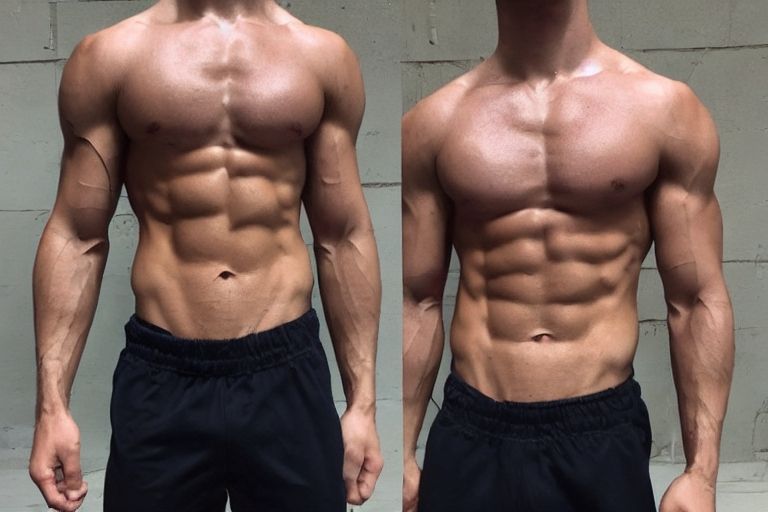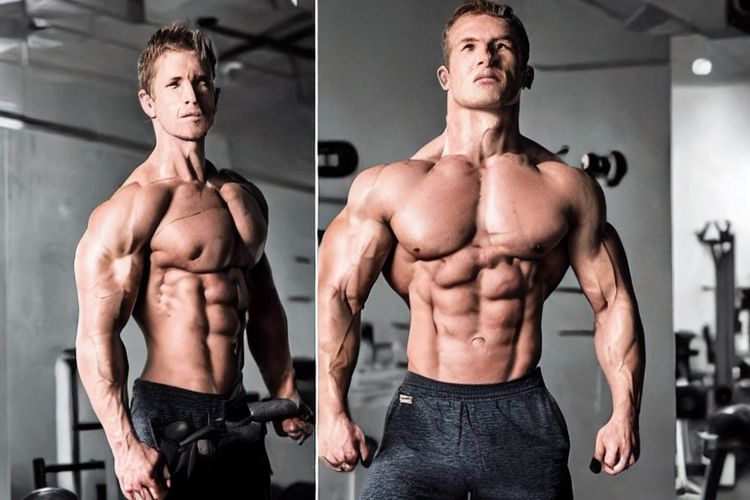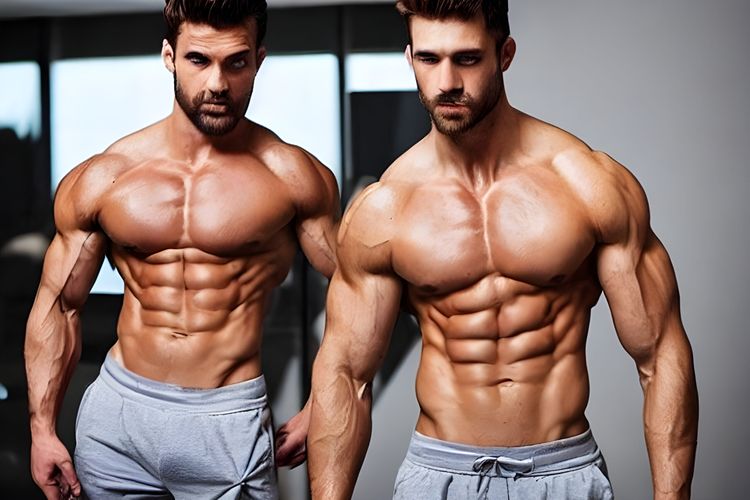Step Up Your Fitness Game: Beginner's Workout Routine for Functional Strength

Step Up Your Fitness Game: Beginner’s Workout Routine for Functional Strength
Fitness has become an indispensable part of our lives, and for good reason. Engaging in regular exercise not only helps us maintain a healthy weight but also improves our overall well-being. When it comes to fitness, it’s essential to focus not just on the appearance but on functional strength as well. Functional strength involves training your muscles to work together efficiently and effectively in daily activities and real-life movements.
For beginners who are looking to step up their fitness game and develop functional strength, it’s crucial to start with a well-balanced workout routine. This routine should focus on strengthening different muscle groups, improving stability and flexibility, and increasing endurance and stamina. Below, we have put together a beginner’s workout routine that will help you build a solid foundation for functional strength.
Compound Movements and Strength Training:
Compound exercises involve multiple joints and muscle groups, making them perfect for functional strength development. These exercises mimic real-life movements and engage your entire body. Start with the following compound movements:
1. Squats: Begin with bodyweight squats to build lower body strength. Stand with your feet shoulder-width apart, squat down as if sitting back into a chair, and then return to the starting position. As you progress, you can add weights or try variations like goblet squats or barbell squats.
2. Deadlifts: Deadlifts work your entire posterior chain, including your glutes, hamstrings, and lower back. Start with a light weight or kettlebell and practice good form. Keep your back straight, hinge at the hips, and lower the weight down, then lift with your legs and not your back.
3. Push-Ups: Push-ups are excellent for developing upper body strength, primarily your chest, shoulders, and triceps. Start with modified push-ups on your knees, gradually progressing to full push-ups. Keep your core engaged and keep your elbows close to your body.
Stability and Core Training:
To improve stability and core strength, incorporate the following exercises:
1. Plank: Begin with a basic plank, resting on your elbows and toes, maintaining a straight line from your head to your heels. Engage your core and hold the position for as long as you can. Gradually increase the time as you get stronger.
2. Russian Twists: Sit on the floor, lean slightly back, and lift your feet off the ground. Twist your torso from side to side, touching the floor on either side of your body. This exercise targets your obliques and helps with rotational stability.
3. Bird Dogs: Start on all fours, extend your right arm forward and your left leg backward, and hold for a few seconds. Repeat the movement on the other side. This exercise strengthens your core and improves overall stability.
Endurance Training:
To build endurance and stamina, incorporate cardiovascular exercises into your routine:
1. Jogging or Cycling: Choose an activity you enjoy, be it jogging, cycling, or even swimming. Aim for at least 30 minutes of moderate-intensity cardio three to four times a week.
2. High-Intensity Interval Training (HIIT): HIIT workouts involve short bursts of intense exercise followed by periods of rest. Incorporate exercises like burpees, mountain climbers, or jumping jacks into your routine to challenge yourself and increase your endurance.
Flexibility and Mobility:
Lastly, don’t forget to work on your flexibility and mobility to prevent injuries and improve overall performance:
1. Stretching: Always dedicate a few minutes to stretching at the beginning and end of each workout. Focus on major muscle groups like your hamstrings, quadriceps, calves, and shoulders.
2. Yoga or Pilates: Consider adding a yoga or Pilates class to your routine. These practices work on flexibility, balance, and strengthen the core muscles, which are essential for functional movements.
Remember, as a beginner, it’s crucial to start slowly and steadily increase the intensity and weights as you progress. Always listen to your body and never hesitate to seek professional guidance if needed. With time and dedication, this beginner’s workout routine will help you step up your fitness game and develop functional strength, leading to a healthier and more active lifestyle. So put on your workout gear, grab some motivation, and embark on your journey towards a fitter, stronger, and more functional you!



